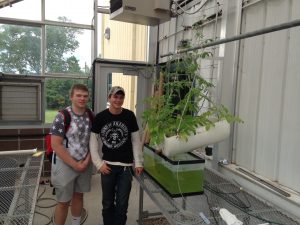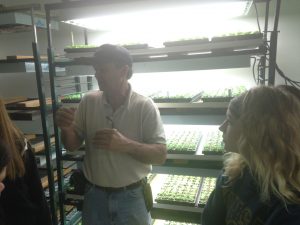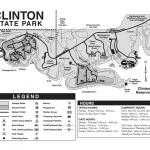Aquaponics PBL
My students built their own aquaponics systems this spring.
First, I introduced a driving question to drive the project with a video. Next, the students broke into groups and explored three different types of aquapoincs units nutrient film, deep water culture, and media bed units. Then they shared what they had learned about these units in a jigsaw. After everyone had looked at the different types of units I asked each student which type they were most interested in making. They then were able to look at designs and make drawings of their own unit. Their homework was to bring this design to the next class. To begin the designs are unpolished

It is so amazing to be an educator and help facilitate this into a working system that a student can be proud to show off.
That night I made student groups based on the type of unit they were interested in making. I also chose groups so that I could pair kids with others who they could get along with. It is important and challenging to get student group dynamics right. Personally, I feel that an educator doesn’t need to follow some formula for this they should intuit based on their knowledge of students. The next day students got into the group I assigned to them and shared the diagram they had made. Students then used technology to make a single design as a group.
I critiqued each groups design then sent them to the greenhouse to collect their supplies. Each group was given a 10 gallon aquarium, clay pellets, a $10 aquarium pump, air supply, and a chemical test kit. Other materials/tools that are necessary are a drill, string, silicon caulk, PVC, guttering, compound miner saws, plastic containers, and tubing. Supplying electricity is a serious safety concern. It is very helpful to be friends with the shop teacher.
Students quickly run into the realization that their model is very hard to achieve. Some models are even impossible. The first time I ran this activity I had students revise their models many times but this consumed lots of available work time. Now, I let them simply change their units with no revision to the model. These sorts of revisions can actually be really frustrating for students. Once they see water pumping and have some vision that the system will work the groups get collective energy to get work completed. Now I just have a quick discussion about how well the models work and why they’re useful. I originally had this idea of students revising their models several times, but I feel I had to let that go in order to have time for actually building the real units.

Students setting up a system this group had a very clever design that maximized growing space by using vertical space, but at night they would lose all their water so they had to make several revisions to their original plan.
Projects like this take days to work through. In order to grade students I actually have them grade themselves using a simple yet effective self assessment tool.
Each student has a column and must describe how they helped contribute to their group. If one student does more work than other students in the group it is possible that that student receives their points. If the student group does suggest that one student did not carry their load I am the judge of this decision. I base the decision on evidence of work done and conferences with student groups. If a student is gone for the day I ask them to come in during study hall and contribute the same amount that their partners did on the project. The tool is very powerful because it forces students to negotiate fair and appropriate workloads for one another. This is a huge part of what I am facilitating throughout the project. The first several days I will stop the groups every 15 minutes and ask them to write down what each group member did. Once they get the hang of it they write down tasks they have performed on their own. It may sound very simplistic but I have found it very helpful and with 120 students working this system I only had 5 times this year where I held group conferences. This proactive approach is much better for me than dealing with emails about how one student did “all the work in the group” then retroactively trying to negotiate things. I strongly suggest this as a method for helping to manage student groups on projects.
The students do eventually get to the point where their system filters water through. It is amazing to see a system that really works. I have had several students decide that they want to go into designing aquaponics systems for a career. It is so cool to see how much pride they have in their systems.

Proud students show off a system that produced many tomatoes. The next step will be helping our culinary classes by growing veggie plants.

This is MY aquaponics build. Lots of these systems can be scaled up if your are crazy enough to do it.
Jeff & Pam Meyer, the owners of CalAnn farms a working hydroponics farm in Basehor generously showed us their facility. By tying in this real-world experience it helped direct students further up the road. It also gave us new ideas about ways to run more productive systems in our school.






 Previous Post
Previous Post Next Post
Next Post